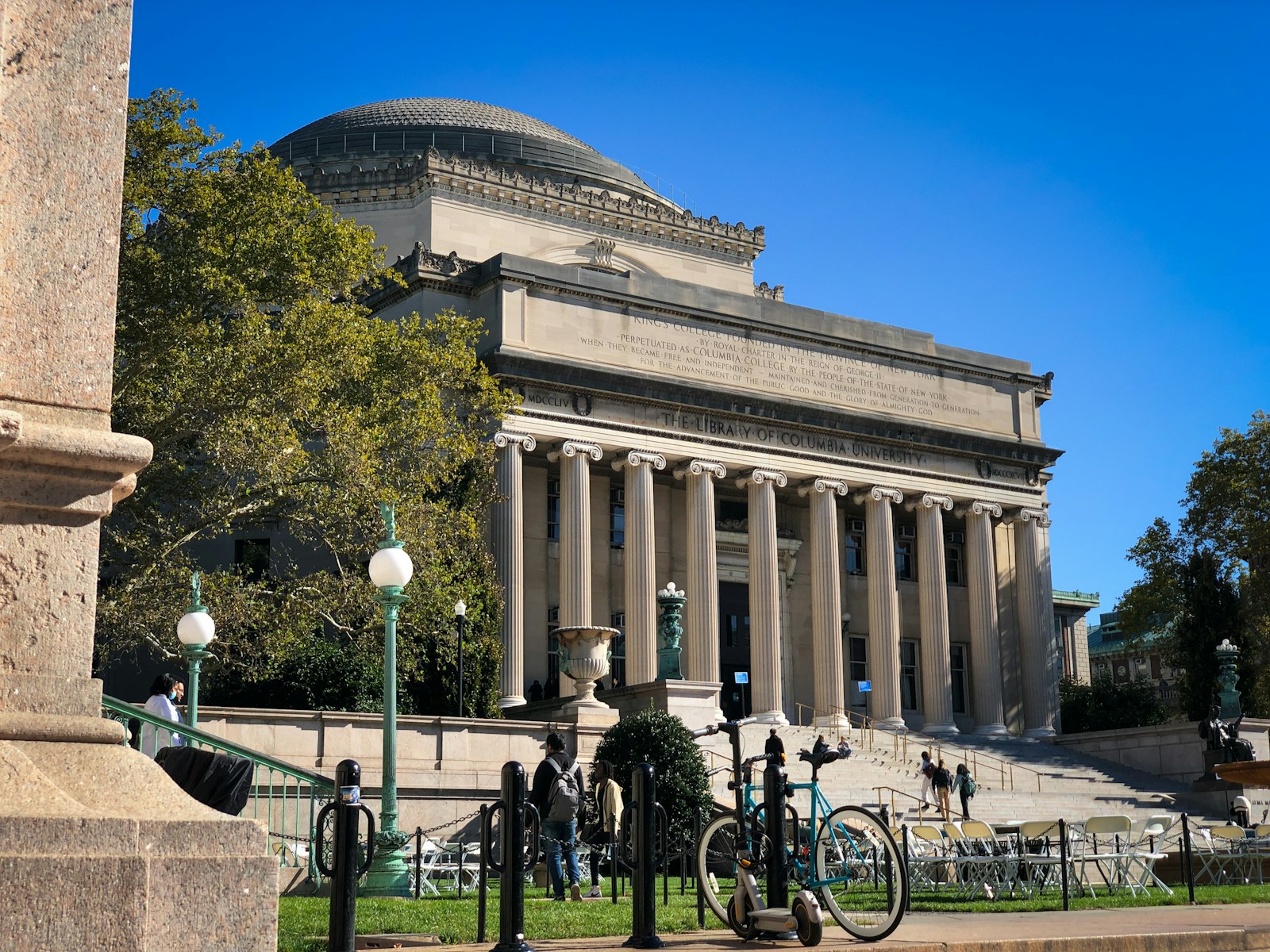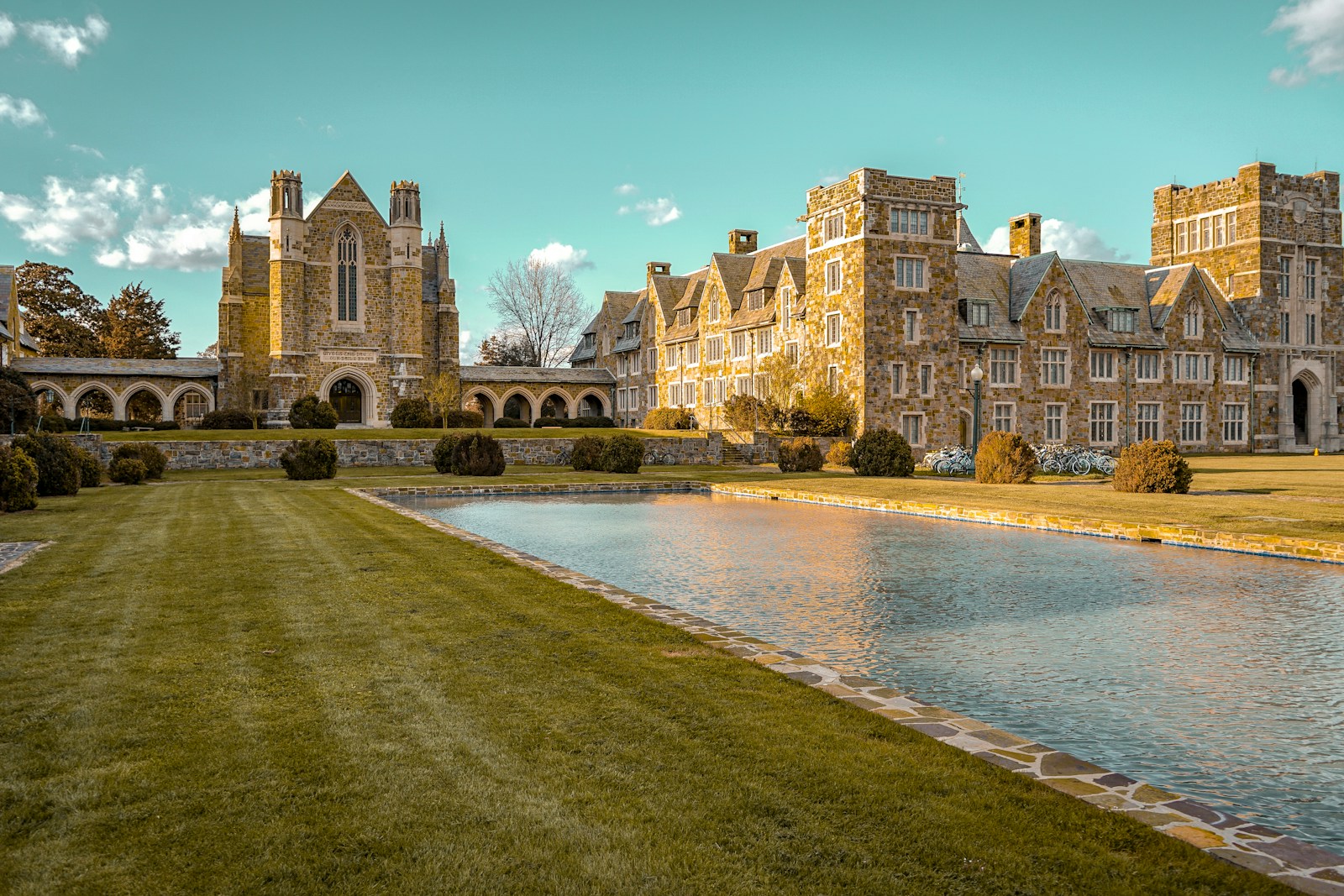When it comes to higher education in the United States, one of the most debated topics is whether students should attend an Ivy League university or a public (state) university. Both types of institutions offer world-class education, but they differ in terms of cost, prestige, opportunities, and campus experience.
In this article, we’ll break down the key differences between Ivy League and public universities so you can make an informed decision about your academic future.
What is the Ivy League?
The Ivy League is an athletic conference that includes eight of the most prestigious private universities in the U.S.:
Harvard University
Yale University
Princeton University
Columbia University
University of Pennsylvania (UPenn)
Brown University
Dartmouth College
Cornell University
Though originally formed for athletic purposes, the Ivy League has become synonymous with academic excellence, exclusivity, and elite networking opportunities.
What are Public Universities?
Public universities are funded by state governments and typically offer lower tuition for in-state students. Examples include:
University of California (UC) system
University of Michigan
University of Texas at Austin
University of North Carolina at Chapel Hill
Ohio State University
These institutions serve large student bodies, offer a broad range of programs, and are known for affordability and diversity.
Key Differences: Ivy League vs. Public Universities
Criteria Ivy League Public Universities
Tuition Fees $55,000–$65,000 per year $10,000–$40,000 (lower for in-state students)
Admissions Highly competitive (5%–10% acceptance rate) Less competitive; varies widely by school
Class Size Smaller, more personalized Larger classes, especially for general education
Funding Privately funded, large endowments State-funded, budget depends on government
Financial Aid Generous need-based aid available Limited aid, especially for out-of-state students
Research Opportunities Strong research funding, but fewer undergrads involved Wide access to undergraduate research
Global Reputation Elite and globally recognized Some top-ranked globally; varies by program
Campus Life More exclusive, traditional Diverse and vibrant student communities
Admissions: Selectivity & Requirements
Ivy League schools are known for their extremely selective admissions. Top scores, exceptional extracurriculars, and compelling personal statements are often required. Some even prefer applicants who’ve demonstrated leadership or national-level achievements.
In contrast, public universities have a wider range of acceptance rates. While top public schools like UC Berkeley or the University of Virginia are competitive, many state schools have higher acceptance rates and more flexible criteria.
Tuition and Financial Aid
A major distinction lies in the cost of attendance:
Ivy Leagues: Although tuition is high, these universities often have generous need-based financial aid. Many Ivy League schools meet 100% of demonstrated financial need.
Public Universities: Much more affordable, especially for in-state students. However, financial aid is often limited, and out-of-state students may pay significantly more.
Bottom Line: Ivy League education may cost more on paper, but strong financial aid can make it affordable for many.
Academic Rigor and Faculty Access
Both Ivy League and top public universities offer rigorous academic programs.
Ivy League students usually experience smaller class sizes, closer mentorship, and access to well-funded research centers.
Public university students may experience larger lectures in their first year but often gain more independence and broader academic choices.
Career and Alumni Opportunities
The Ivy League alumni network is one of the strongest benefits of attending these institutions. Graduates often find it easier to break into competitive industries like investment banking, consulting, or politics.
Public universities, however, also have impressive alumni networks and career placement services. In fields like engineering, education, or healthcare, a public school graduate may perform just as well—or even better—than their Ivy counterpart.
Diversity and Campus Culture
Public universities are generally more diverse—not only in terms of ethnicity and nationality but also socioeconomic background. They have larger student bodies, which means more clubs, events, and cultures represented.
Ivy League schools, though prestigious, can be more homogenous and may have a more traditional or elite campus culture.
Pros and Cons Summary
Ivy League Pros:
World-renowned faculty
Smaller class sizes
Strong alumni connections
High prestige
Ivy League Cons:
Intense competition
High sticker price
Pressure and elite environment may not suit everyone
Public University Pros:
Affordable, especially in-state
Broad range of majors
More inclusive student body
Excellent research programs at many schools
Public University Cons:
Large class sizes in initial years
Less personalized attention
Out-of-state tuition can be high
Which Should You Choose?
The answer depends on your goals, budget, and personal preferences.
Choose Ivy League if:
You want global recognition
You’re aiming for elite careers or graduate schools
You qualify for need-based aid that makes tuition affordable
You prefer smaller, intensive academic environments
Choose Public University if:
Budget is a primary concern
You want more major or course flexibility
You thrive in diverse, bustling environments
You plan to pursue careers in fields where Ivy prestige isn’t critical (e.g., teaching, healthcare)
Final Thoughts
Both Ivy League and public universities can lead to incredible academic and career success. It’s not just where you study but what you do with the opportunity that matters. Look beyond brand names—evaluate costs, culture, and your long-term goals before making a decision.
In the end, your education is what you make of it, whether it’s at Harvard or your local state university.



